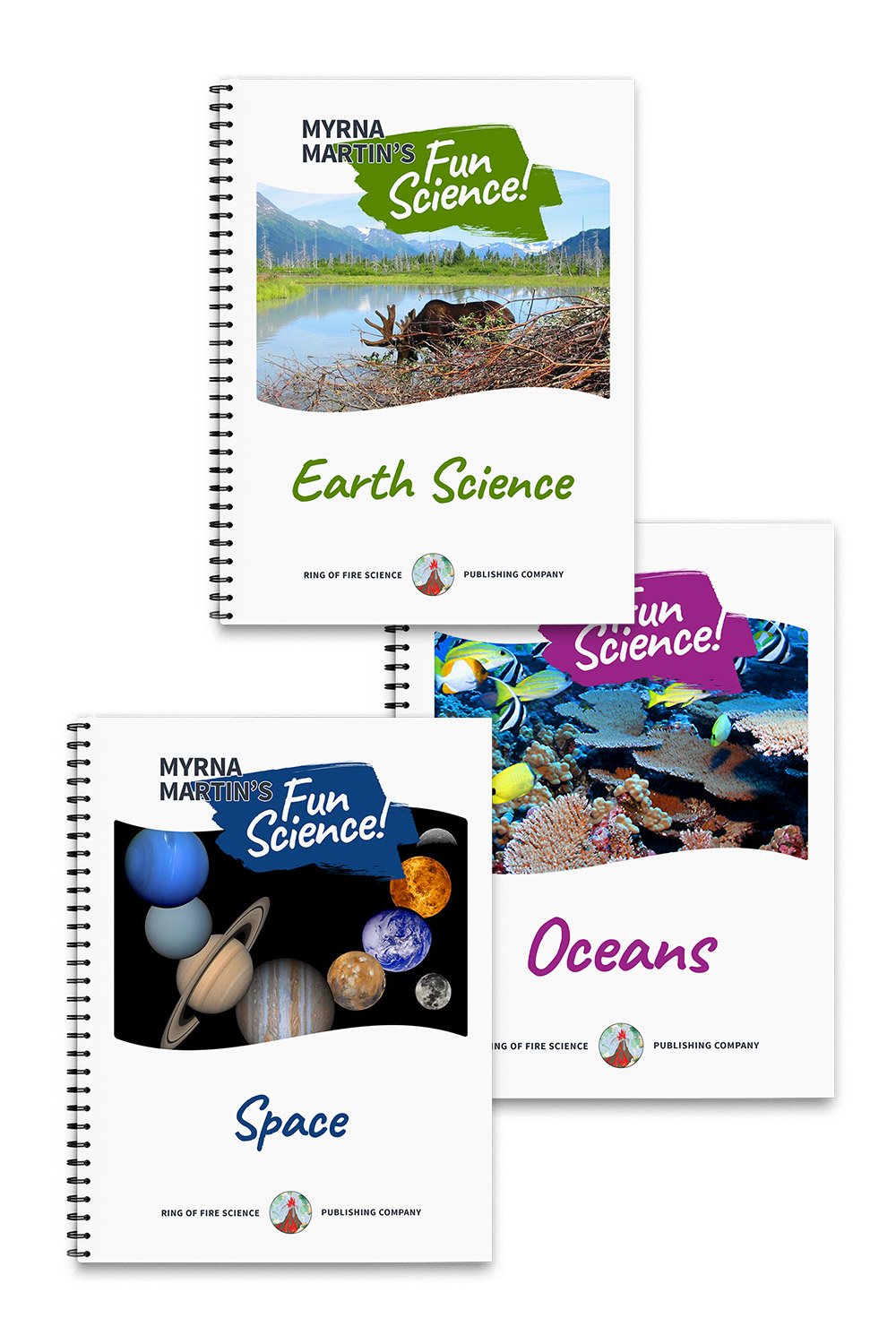Science Trivia
Footprints
on the Moon
Science Trivia
The footprints made the by astronauts when they walked on the Moon will remain for centuries. There is no wind or erosion on the Moon to disturb the footprints. Astronauts did notice a small about of dust rising from the surface of the Moon. NASA has sent a space ship to study the thin atmosphere on the Moon named LADEE. Click on this link to find out more about the mission.

Footprints of astronauts on the Moon, NASA
The brain is an extremely complicated organ. Scientists are continually studying the brain to learn more about how it functions. Nerves from around the body bring information to the brain. The information is stored in the brain as memory. There are hundreds of billions of nerve cells in the body that send messages to the brain that contains 100 billion nerve cells.
Sound is kinetic energy because the waves involve motion. Sounds can be soft or loud depending on the energy and frequency of the sound waves. The pitch of a sound depends on the number of waves that reach your ears every second. The greater the number of waves per second the higher the pitch.
Satellites are now used to make very detailed maps. They provide pictures of remote areas that are difficult for map makers to visit. The satellites are so sensitive them can discover when molten rock beneath a volcano is causing the summit to inflate prior to an eruption. Satellites are also tracking the movement of tectonic plates. They are able to determine the speed the plates are coming together, moving apart and slipping past each other.

Stonehenge in England built by ancient Britons
Stonehenge in England was built by ancient Britons. It is a huge circle of stones. It was built about 4000 years ago and some of the stones were quarried in Wales. The quarry in Wales is approximately 240 miles (385 km) from Stonehenge. The stones were placed so that the Sun would shine into the entrance during the summer solstice. The summer solstice is the longest day of the year.
The Ancient Greeks in the 6th century discovered static electricity. While experimenting with amber they rubbed wool or cloth across the fossilized tree sap. They discovered that light objects would attach to the amber after it had been rubbed by the wool or cloth.
Carnivores are animals that mainly eat other animals. Meat eaters live in a variety of areas on our planet. Killer whales and sharks swim in the open ocean eating other animals. Leopards, cougars and wild dogs live on the land. Eagles, owls and hawks use the air to search for prey. Tiny shrews, bats and frogs are all carnivores.
More Links to Science Articles
Current Events in Science - NASA’s New Moon Mission
Current Events in Earth Science - Endangered Honey Bees
Kids Current Events - Saving the Birds
Science Articles for Kids - Shield Volcanoe - Tamu Massif
Science Inventions Global Positioning System (GPS)
KIDS FUN SCIENCE BOOKSTORE
 |
 |
Check out Myrna Martin's award winning textbooks, e-books, videos and rock sets. The Kids Fun Science Bookstore covers a wide range of earth science topics. Click here to browse.
Sign up to our monthly newsletter and receive our FREE eBook containing 3 fun activities that don’t appear in any of our other books!
The Kids Fun Science monthly newsletter will include the following: current events, weird and fantastic facts, a question of the month, science trivia and the latest new content from our website.
We respect your privacy and you can be assured that we will never share your email address or use it for any other purpose than to send you our newsletter.






